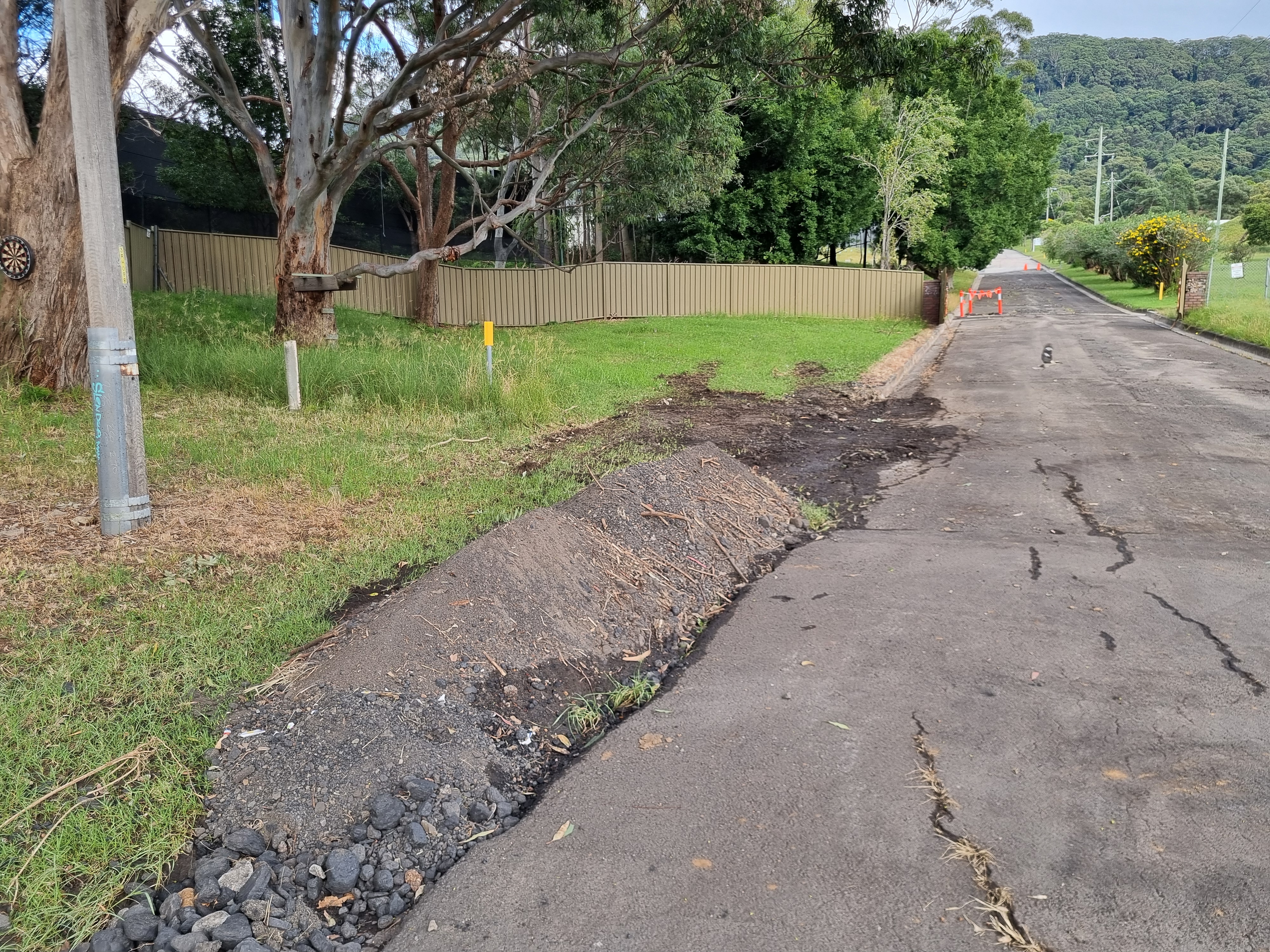
Content page
23 Aug 2024
Investigation at Wheeny Creek
The EPA has been investigating alleged unlawful dumping at property 903C Blaxland Ridge Road, Wheeny Creek since October 2020.

News
23 Aug 2024
Russell Vale Colliery fined after coal discharge
The NSW Environment Protection Authority (EPA) has issued Wollongong Resources Pty Ltd two fines totalling $38,000 after coal material was allegedly discharged from their Russell Vale Colliery site and the company allegedly failed to report the incident.

Content page
22 Aug 2024
Investigation into alleged falsified sampling results
We are investigating Noel Child of N G Child & Associates, an environmental consultant, in relation to allegations of falsified sampling results in a number of environmental reports across NSW.

Content page
22 Aug 2024
Menindee fish deaths follow up: Darling-Baaka River water tests
The EPA has concluded an investigation into the cause of the Darling-Baaka major fish deaths in February and March 2023.

Content page
22 Aug 2024
Independent expert panel
The EPA has appointed an independent expert panel to provide advice as part of our ongoing investigations and monitoring of the mine in the Cadia area.


Content page
22 Aug 2024
Metropolitan Collieries
On 6 September 2023, following an extensive investigation, the EPA commenced proceedings against Metropolitan Collieries in the NSW Land and Environment Court for alleged licence breaches associated with water pollution incidents that occurred in 2022.

Content page
22 Aug 2024
Mannering Park, Lake Macquarie, fish kills
Information about fish kills at Mannering Park, Lake Macquarie, in August and September 2022 and our investigation.

